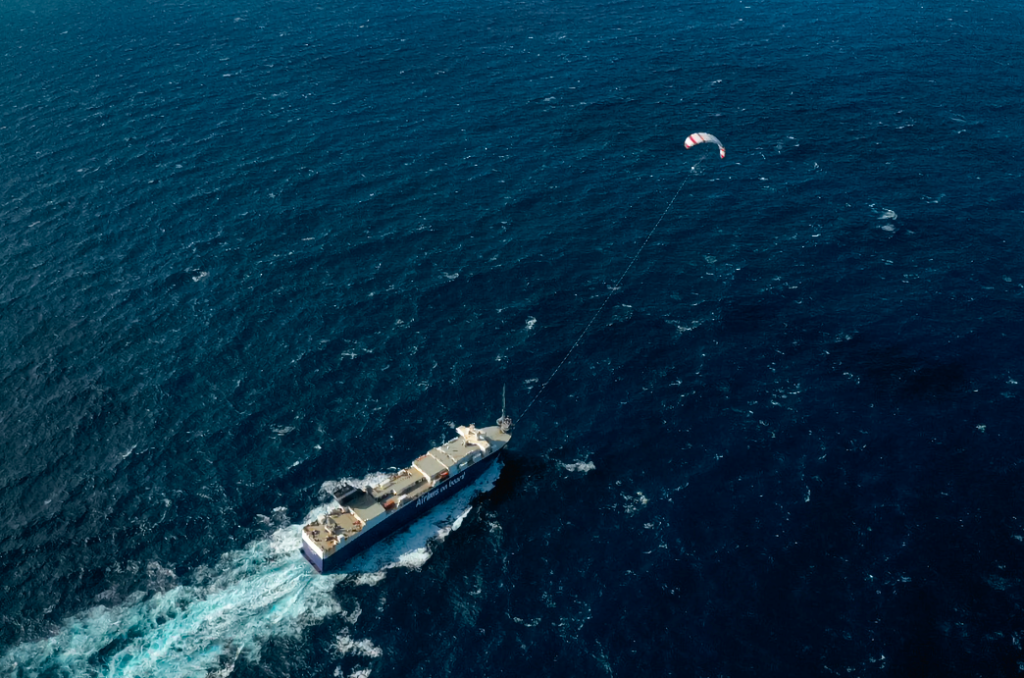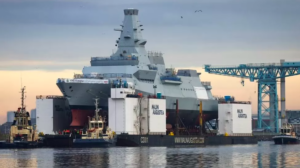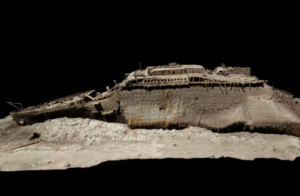Airseas’ Seawing demonstrates traction flight

Wind propulsion company Airseas says it has completed an important technical milestone in the sea trials of its Seawing, with the successful validation of traction flights on Louis Dreyfus Armateurs’ vessel Ville de Bordeaux. Airseas has now demonstrated that the wind propulsion system is working as planned, providing its first tonnes of traction that will help reduce the ship’s fuel consumption and emissions.
With automated take-off and landing also fully functional, the next phases of the sea trials will focus on testing dynamic flying, which allows the kite to maximise its traction power, as well as gathering performance data and fine-tuning the automated flight system.
The validation of traction flights is the latest achievement in the technology’s ongoing sea trials, which are taking place during the Ville de Bordeaux’s commercial operations between Europe and the United States. These trials aim to test the Seawing system, which was developed with expertise on flight control and automation from the aerospace sector, and validate its performance.
The transatlantic trials are being conducted by a team of Airseas engineers on board, with the support of Louis Dreyfus Armateurs, which operates the Ville de Bordeaux, and Airbus, which charters the vessel to transport aircraft components.
The completion of this technical milestone also marks an important step towards the industrialisation of the Seawing, with planning well underway to build a factory in Nantes in 2026. Airseas is scaling up its company to meet demand for the solution, with commitments from major shipping lines such as K Line, with whom Airseas has a 20-year agreement, with options for the Seawing to be installed on up to 51 of its vessels in total.
“We are immensely proud of the technical achievements that we have accomplished so far in our sea trials, and there is more to come,” says Vincent Bernatets, CEO Airseas. “This latest milestone is a particularly important moment for the teams both on board and ashore, who have been working tirelessly to take this innovative system from concept to reality. Now we are moving forward with the renewed confidence that the Seawing works as planned, and we are excited to progress the trials and improve the kite’s performance in the coming weeks and months.”
Stéphanie Lesage, general counsel and corporate secretary at Airseas, says: “This major progress in wind propulsion for shipping demonstrates technology readiness at a crucial tipping point for maritime decarbonisation. With IMO and the EU both putting owners and charterers under greater pressure to reduce their greenhouse gas emissions, the time to act is now. We are dedicated to helping the industry harness the free and widely available energy of the wind to help reduce the climate impact of shipping, helping them not only comply with regulations, but also do good for society and the planet.”
In December 2022, Portsmouth-based BAR Technologies, and green maritime technology provider, Yara Marine Technologies, announced that the ‘first cut’ of the steelwork that will form the first production run of BAR’s WindWings has been completed. The companies hope that the installation of WindWings will allow operators to save c1.5 tonnes of fuel per WindWing per day on average global routes.










